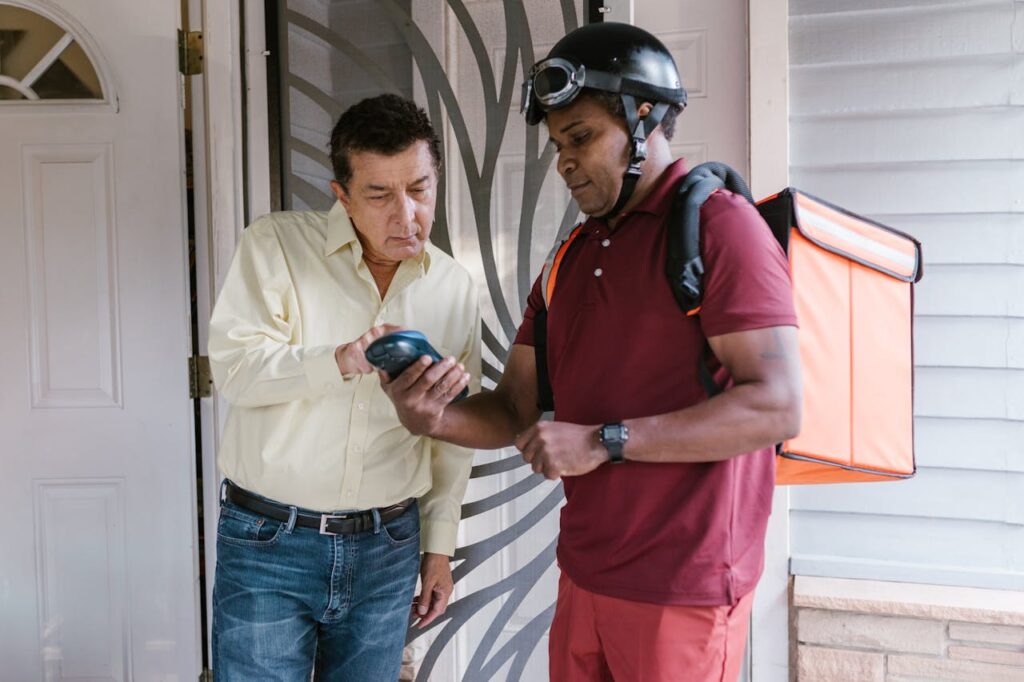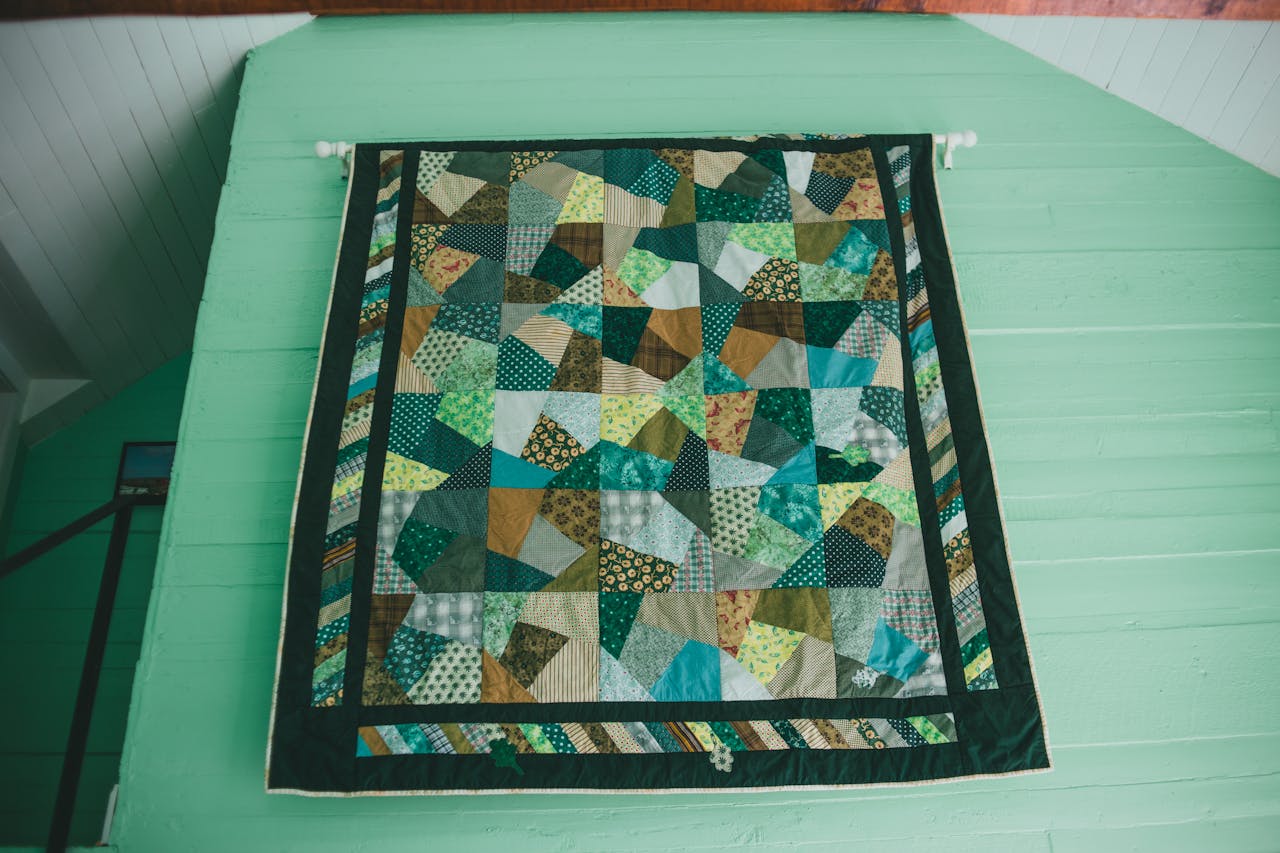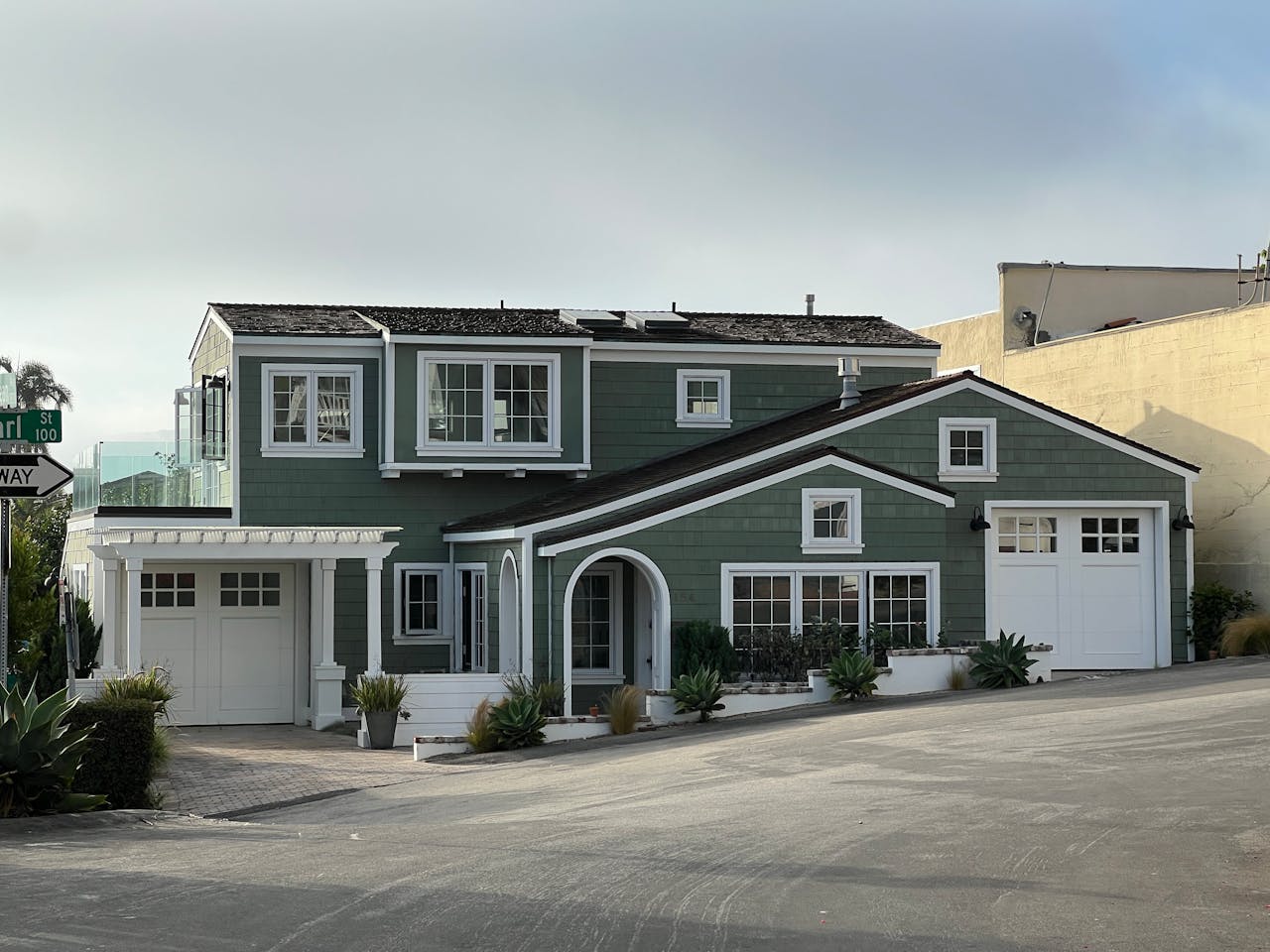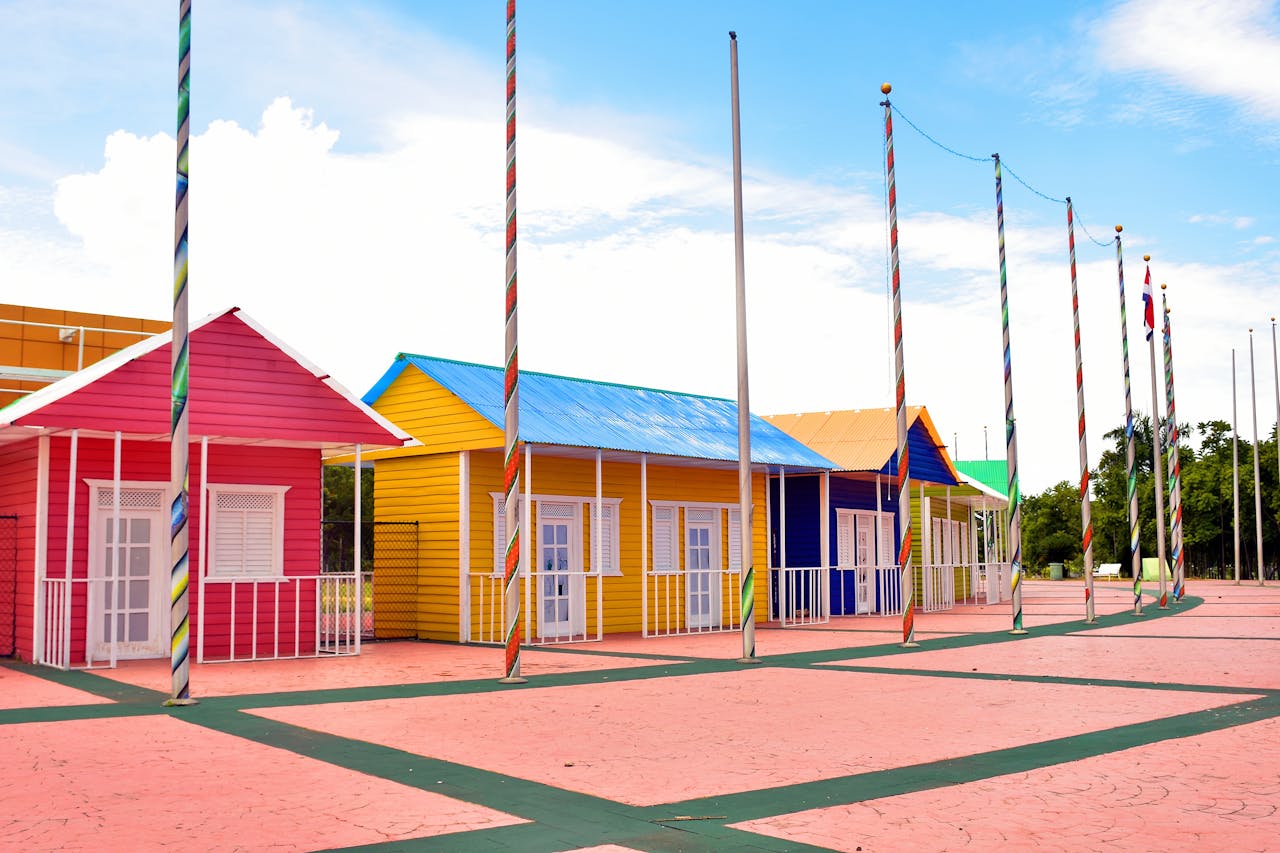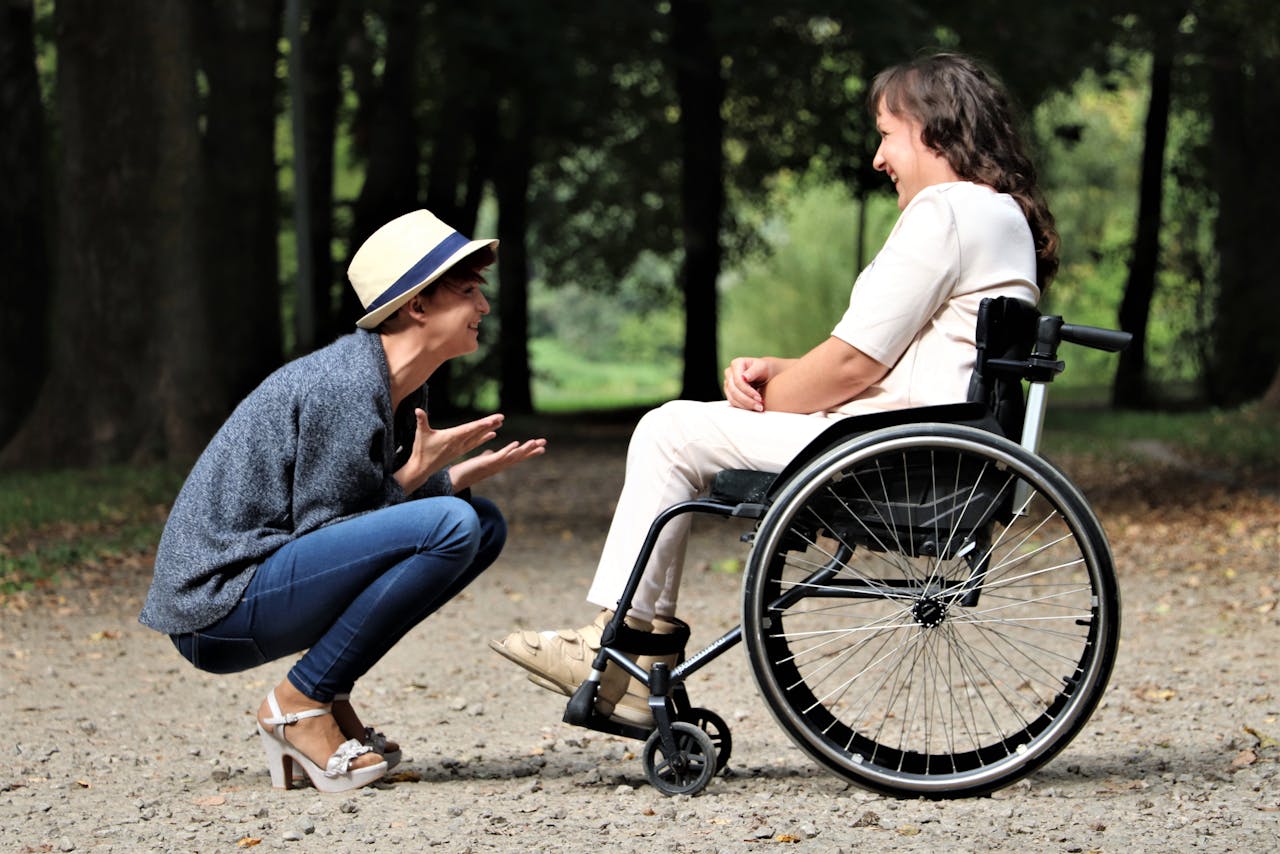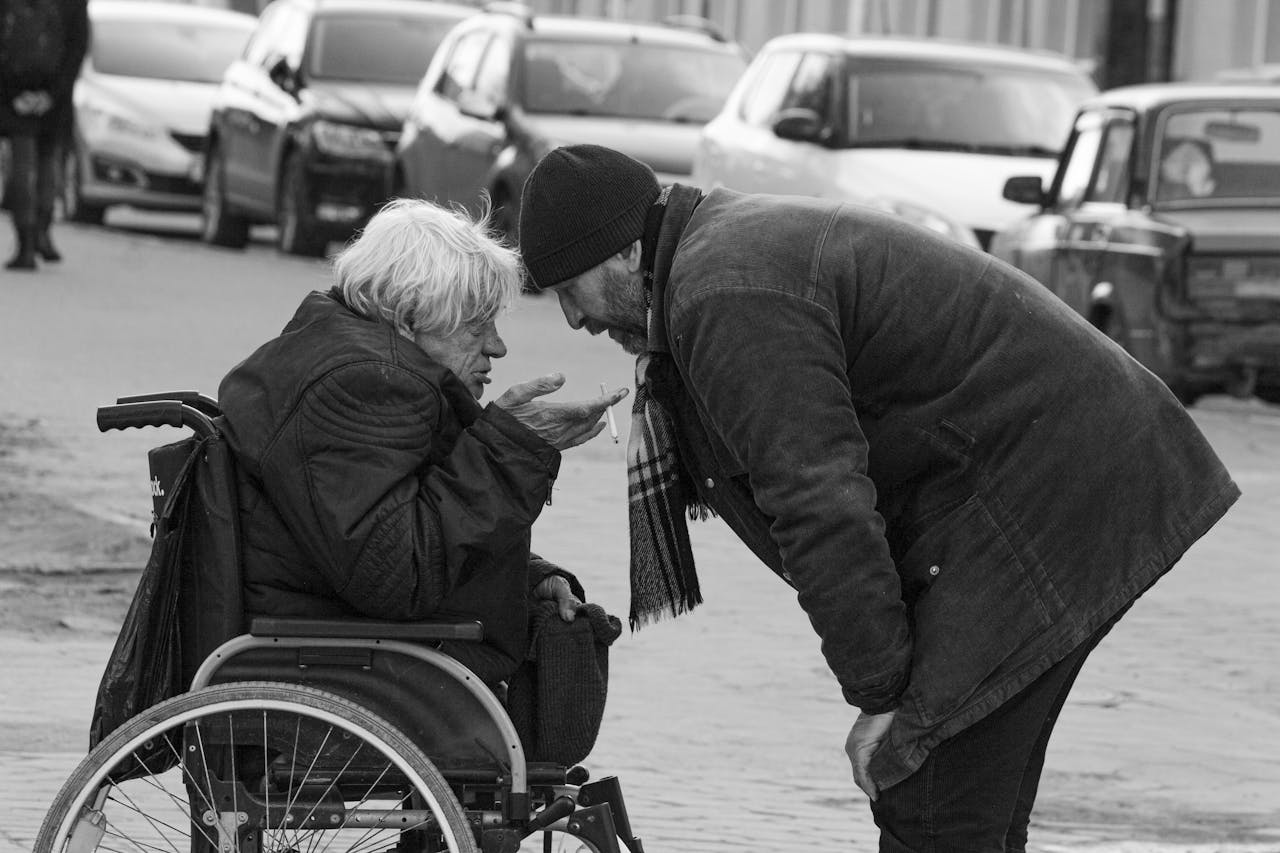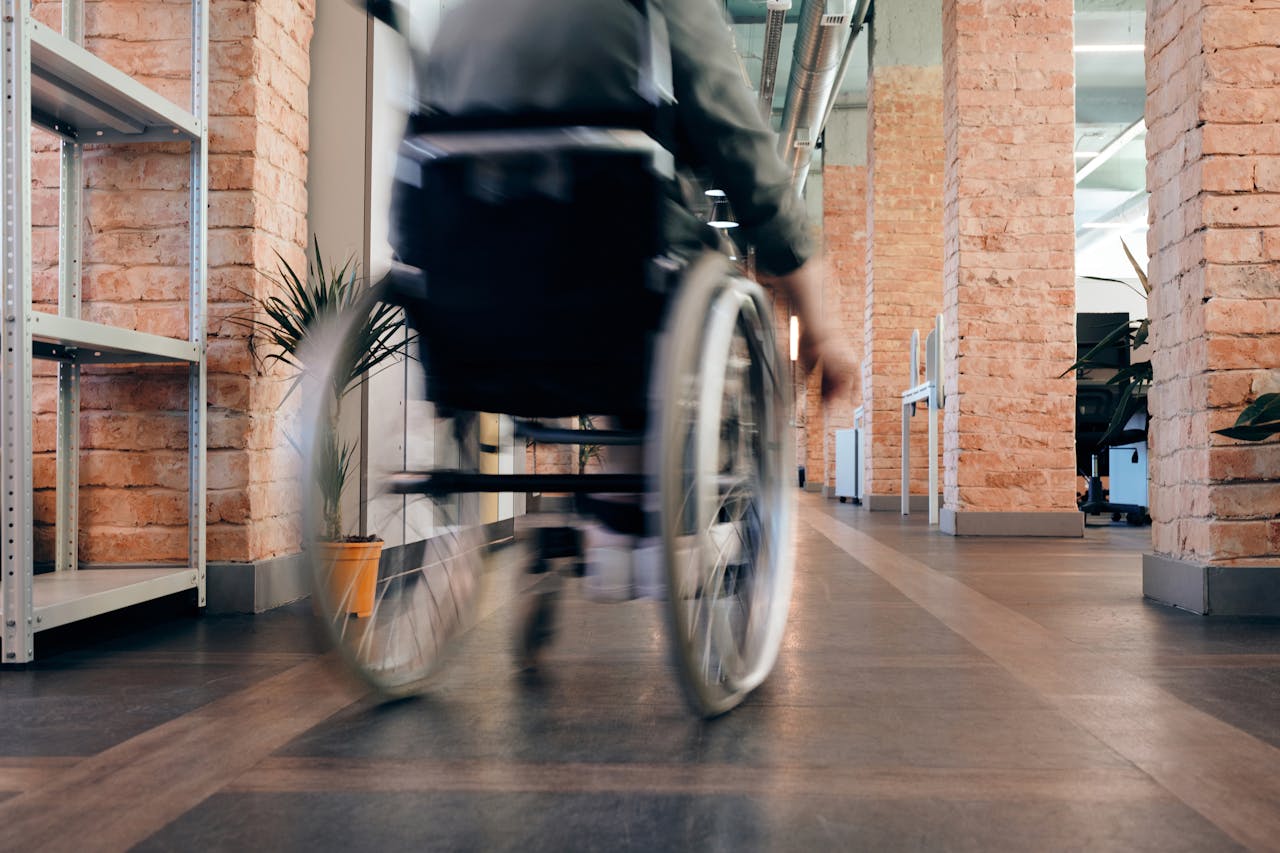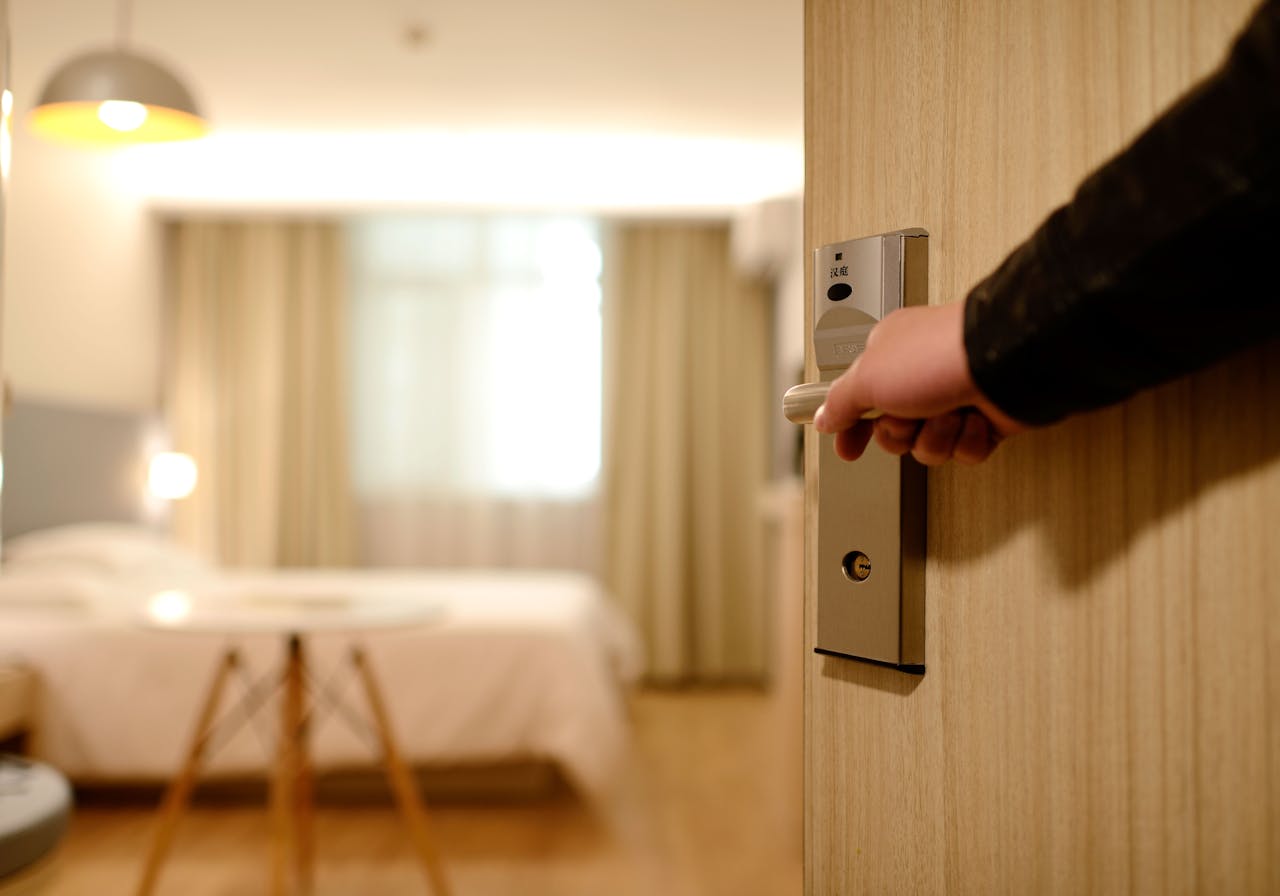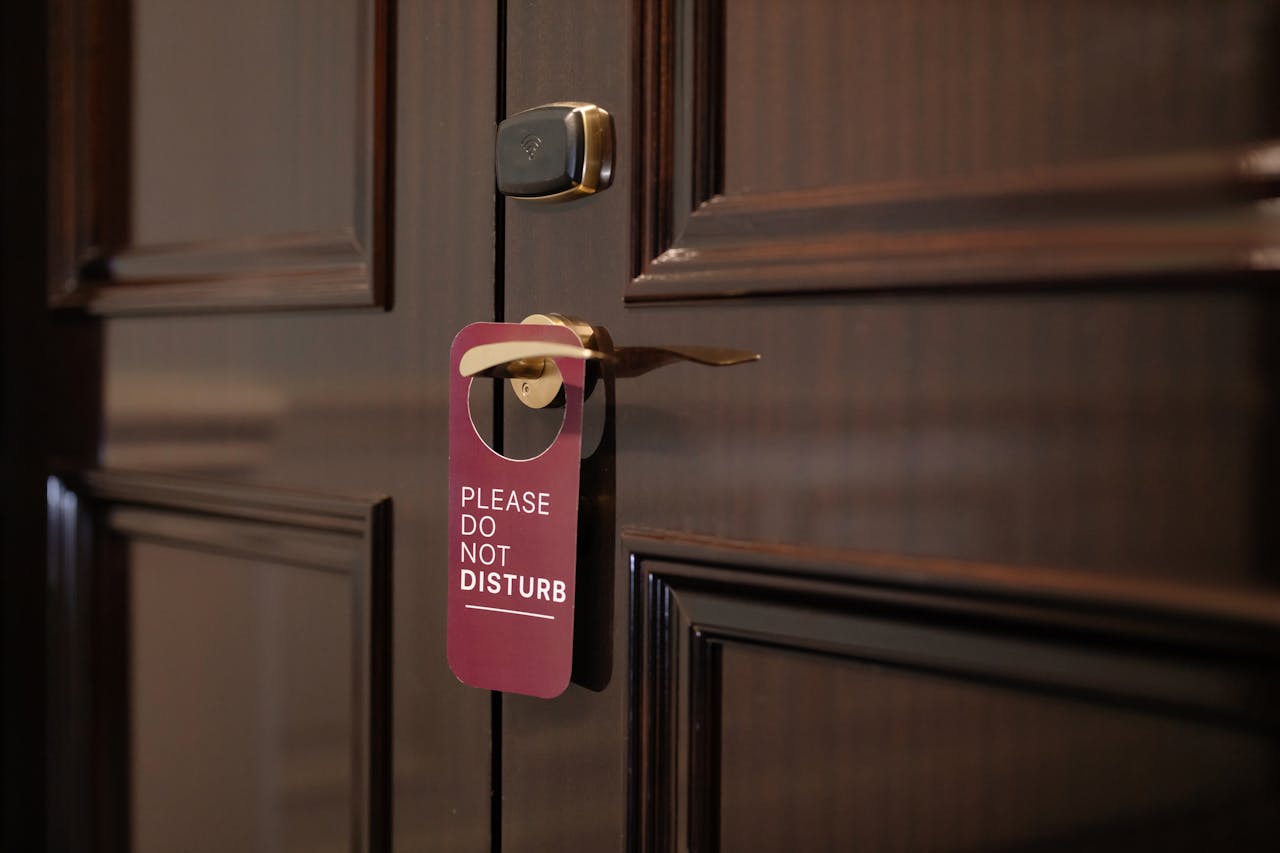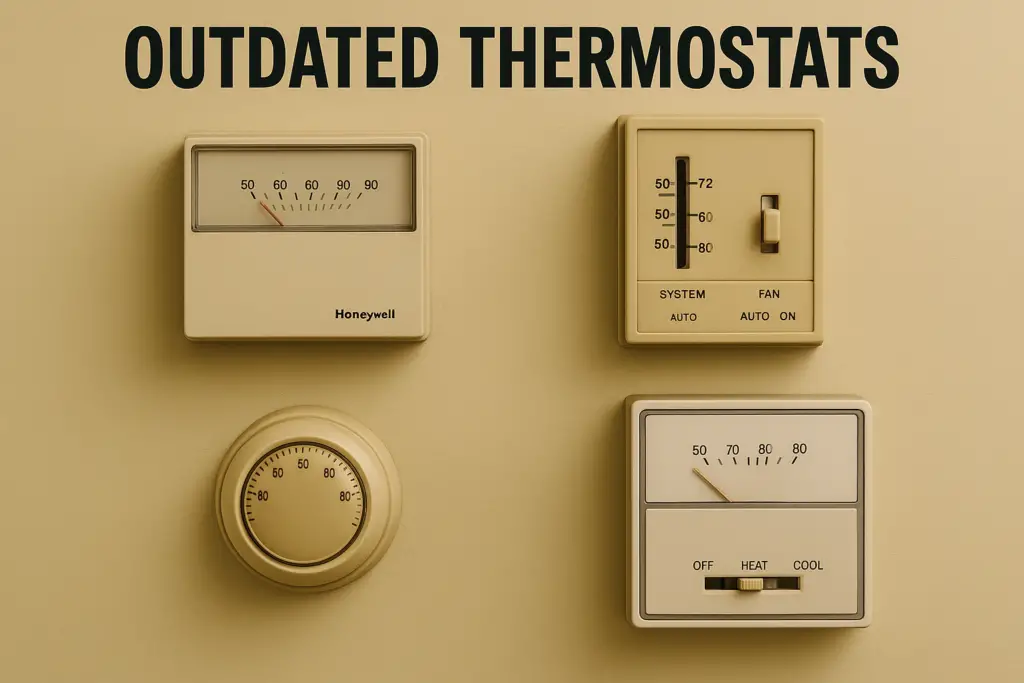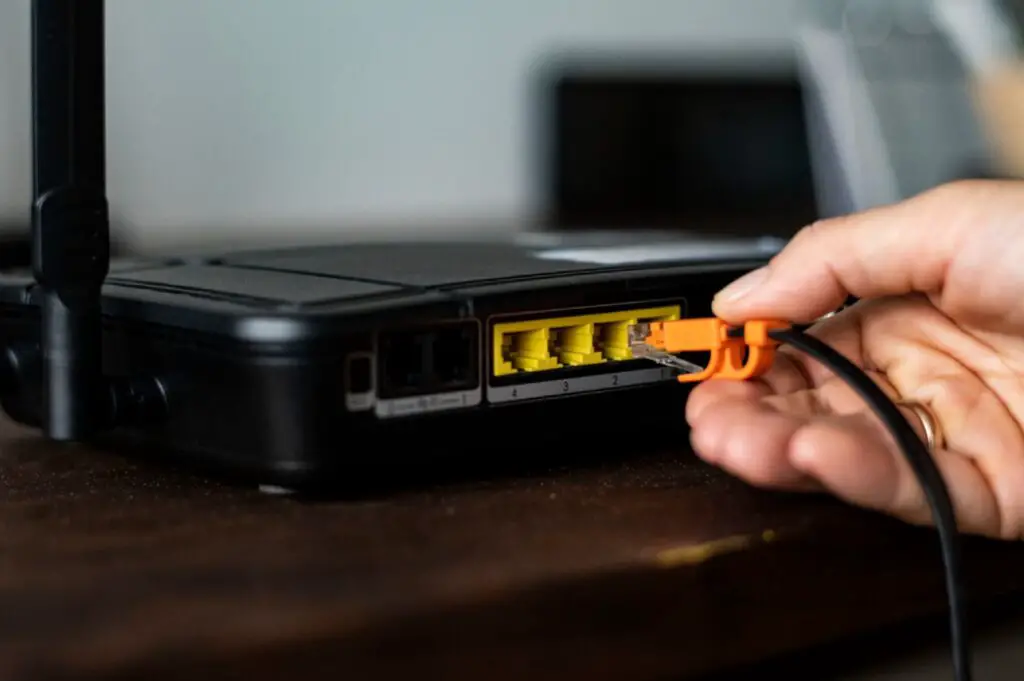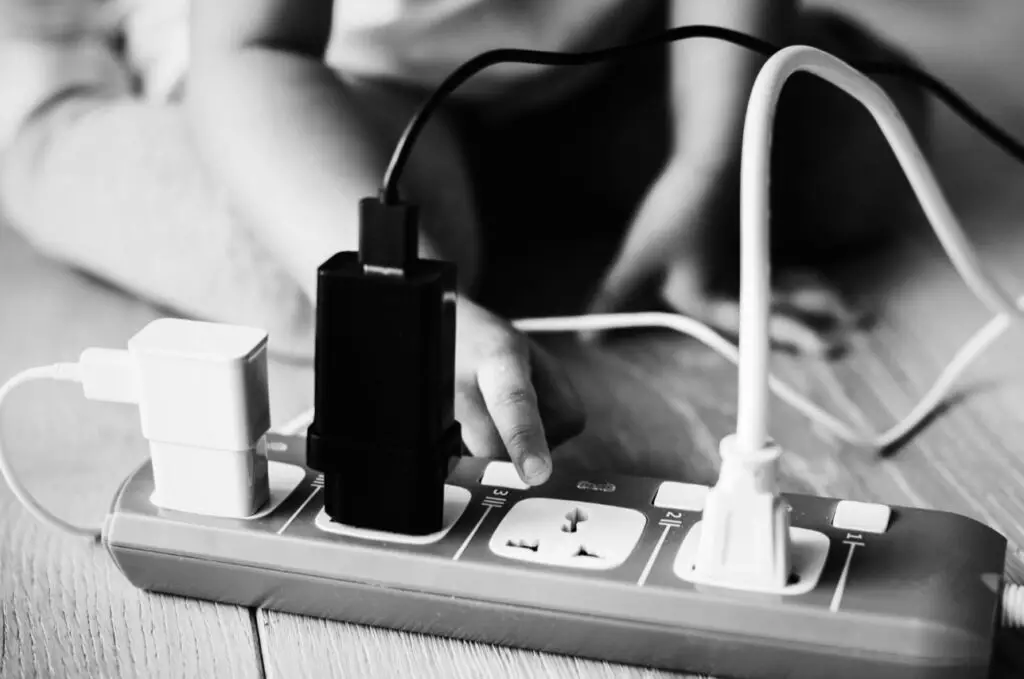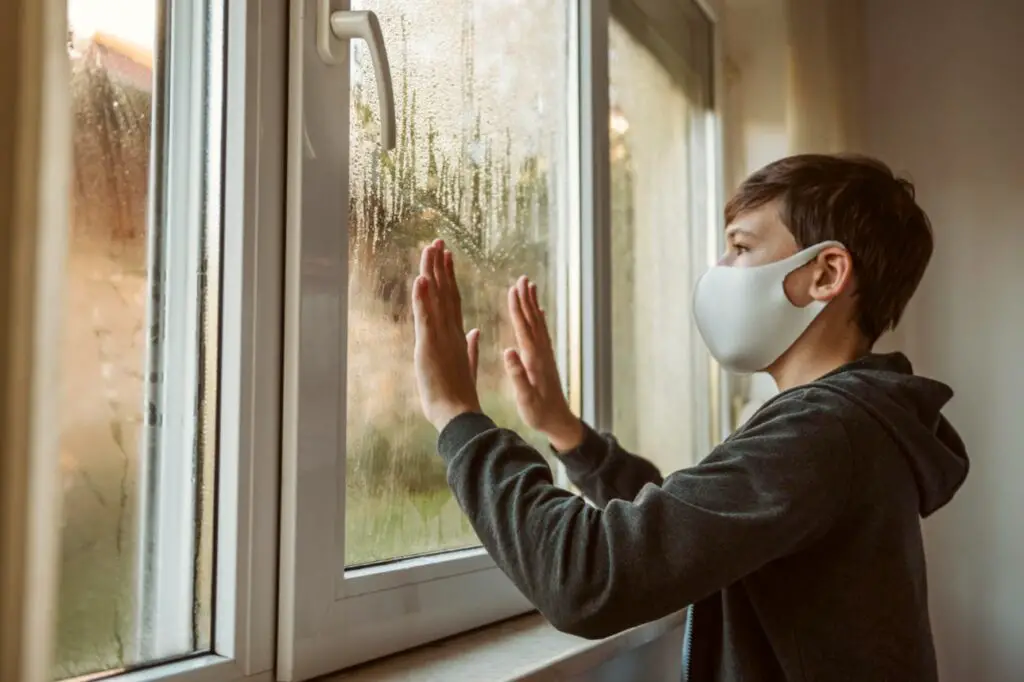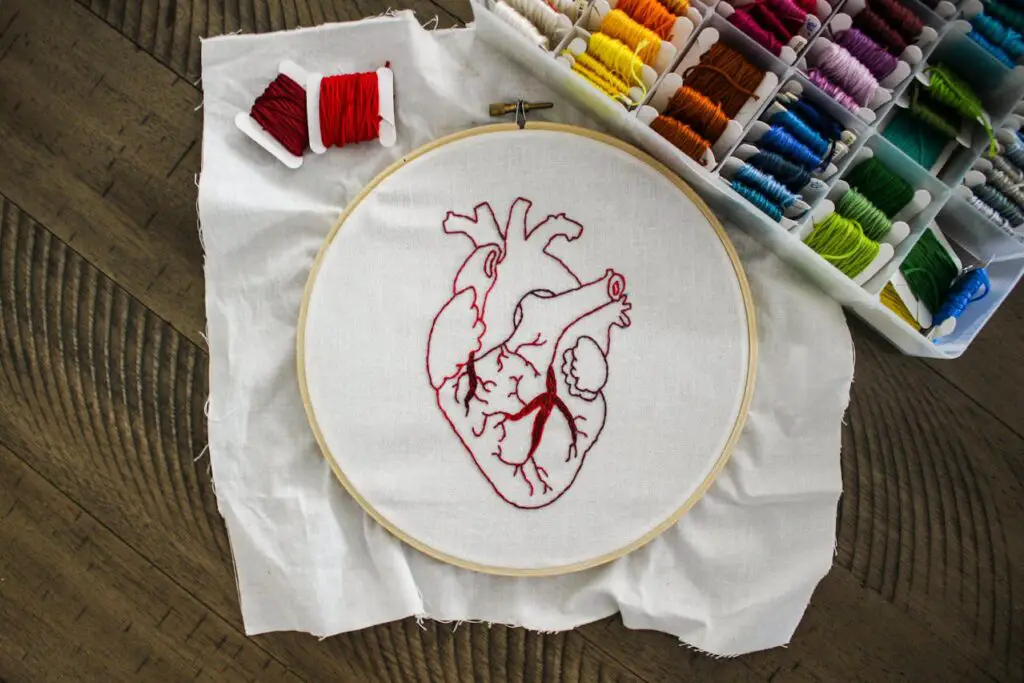11 Big Mistakes to Avoid When Someone Just Is Not Into You

Getting rejected hurts—whether it is from someone you just met, a longtime crush, or even someone you briefly dated. When someone shows no interest in you, it can feel like a punch to your confidence. But what you do next matters more than you think. Too many people make the wrong moves—begging for another chance, chasing someone who clearly is not into them, or spiraling into self-blame. If you want to protect your dignity, preserve your mental health, and keep your self-worth intact, then it is crucial to recognize what not to do. This guide will walk you through 11 common mistakes people make when facing rejection and how avoiding them can actually set you free.
1. Do Not Chase After Someone Who Clearly Is Not Interested

When someone has shown they are not interested—whether through their words, actions, or silence—it is time to stop chasing. Continuing to pursue them sends the message that you are ignoring their boundaries and disrespecting yourself. It might feel hard to accept, especially if you felt a strong connection, but you deserve mutual interest and respect. Chasing someone who does not want you back will only leave you emotionally drained and damage your self-esteem over time. Let them go and give yourself the space to find someone who actually wants to be in your life.
2. Do Not Take Their Rejection Personally

Rejection can trigger a wave of self-doubt, making you wonder what is wrong with you. But the truth is, attraction is deeply personal and often has little to do with your worth. People have their own preferences, baggage, and timing. Just because someone does not choose you does not mean you are unlovable or broken. Try to view their disinterest as a reflection of incompatibility, not inadequacy. Everyone faces rejection—it is a part of life, not a verdict on your value as a person.
3. Do Not Try to Change Yourself Just to Impress Them

It is easy to fall into the trap of thinking, “Maybe if I looked different, acted differently, or had more going on, they would like me.” But changing who you are in hopes of winning someone over only leads to inauthenticity and resentment. You should never feel pressured to earn someone’s affection by becoming someone else. The right people will be drawn to you for your true self. Growth is great when it is for your own happiness—but not when it is a strategy to impress someone who already decided they are not interested.
4. Do Not Play Games or Try to Make Them Jealous

Trying to trigger a reaction by flirting with others, posting attention-seeking content, or playing emotional games might seem tempting—but it rarely works the way you want it to. These tactics often come off as immature or manipulative. Even if they do react, it is unlikely to be based on genuine interest. You deserve someone who likes you because of who you are—not because they were tricked into competing for your attention. Focus on building meaningful connections instead of engaging in emotional tug-of-war.
5. Do Not Get Angry or Bitter Toward Them

Sometimes rejection hurts so badly that it turns into frustration or even anger toward the person who turned you down. But lashing out or blaming them does nothing but make you look emotionally reactive. Everyone has the right to choose who they connect with, just as you do. Reacting with bitterness or passive-aggressive comments only shows you are taking their decision personally rather than accepting it as a normal part of life. Letting go with grace is far more empowering than clinging to resentment.
6. Do Not Beg for Their Attention or Affection

Begging someone to like you—whether it is through repeated texts, pleading conversations, or dramatic declarations—erodes your self-respect. It puts you in a position of emotional desperation that is painful and unnecessary. If someone has said they are not interested, begging will not change their mind—it will only make things awkward or uncomfortable for both of you. You should never have to convince someone to choose you. Real love does not require persuasion. Respect yourself enough to walk away when someone does not see your worth.
7. Do Not Put Them on a Pedestal

When you are infatuated with someone, it is easy to overlook their flaws and convince yourself they are perfect. But idealizing someone who is not interested in you creates a fantasy that keeps you emotionally stuck. No one is flawless, and no one deserves to be put on such a high pedestal—especially if they have made it clear they do not want to be a part of your life in that way. Instead of obsessing over what you think they were, remind yourself they were not the right fit, and that is okay.
8. Do Not Stalk Their Social Media or Try to Stay Connected

Continuing to follow their posts, stories, and online activity after they have shown no interest can be damaging to your emotional recovery. It keeps the wound open and fuels unnecessary comparison or hope. If you find yourself checking their profile constantly or looking for signs that they changed their mind, it might be time to mute, unfollow, or even block them—not out of spite, but for your own healing. Distance is often the most loving thing you can do for yourself.
9. Do Not Jump Into a Rebound Relationship Just to Feel Better

Getting over someone by jumping straight into another relationship may feel like a quick fix, but it rarely works in the long term. Rebounds can distract you from your feelings temporarily, but they do not help you process rejection in a healthy way. Worse, you might end up hurting someone else by not being fully emotionally available. Take the time to heal, reflect, and rebuild your confidence before seeking another connection. Emotional clarity beats emotional cover-ups every time.
10. Do Not Obsess Over What You Could Have Done Differently

When you are rejected, your brain might go into overdrive, replaying every conversation and wondering where you went wrong. But often, there is no big mistake you made—it just was not the right connection. Obsessive overthinking only leads to self-criticism and anxiety. Try to resist the urge to rewrite the past. Acceptance is key. Some people are not meant to stay in your life, and their exit is not always something you could have prevented or changed.
11. Do Not Let Rejection Define Your Worth

The biggest mistake of all is letting one person’s lack of interest make you question your value. You are not defined by who chooses you or who does not. You are whole and worthy of love regardless of anyone else’s opinion. Letting rejection dim your light is a disservice to yourself. Remember, every rejection is redirection. The right people will see your worth immediately and consistently—and they will never make you beg for it.
Final Thoughts

Rejection is a tough pill to swallow, but it is also a powerful teacher. When someone shows no interest in you, your reaction can either drain your self-esteem or build your inner strength. By avoiding these 11 common mistakes, you are not only protecting your emotional well-being—you are also making room for better connections, stronger boundaries, and more self-respect. The truth is, the right person will not leave you guessing. They will not play games, ignore you, or make you feel like you are not enough. Until then, treat yourself with the love and grace you wish someone else would—and eventually, you will attract someone who does exactly that.



